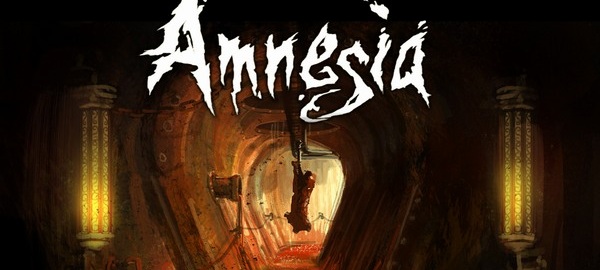


The journey of Oswald Mandus, an amnesiac in search of his missing children during the final hours of the 19th century, unfolds with a wonderful sense of dread and mystery. Staring straight at an enemy will no longer cause the screen to contort, the soundtrack to distort, and your character to ultimately die of madness. And I’m saddened by the absence of the signature sanity meter, one of the original Amnesia's most memorable elements. Your trusty lantern no longer requires a constant supply of oil, though having it lit will still attract the various beasts which roam the world.

Gone is your item inventory and resource management, replaced with a newfound emphasis on environment exploration. I can understand the reasoning behind striping away a lot of the features that made the original a unique, if slightly cumbersome experience. For that, I blame an across-the-board simplification of many of its systems and mechanics. But in creating this atmosphere, it loses many of the jump-scares that make the original Amnesia: The Dark Descent such a memorable haunted house, and Machine for Pigs never really capitalizes on the feeling of vulnerability it creates. During the course of its six-hour campaign, I was immersed in an ever-growing sense of sheer dread the likes of which few games have ever been able to accomplish.

Where something like Outlast plays on real, tangible fears, that of those people and otherworldly things who mean to do us harm, Amnesia seems to psychoanalyze us and prey on the fears and regrets that cause restless nights of sleep. Of what I consider to be the two major, equally powerful pillars of horror, Amnesia: A Machine for Pigs expertly delivers one.


 0 kommentar(er)
0 kommentar(er)
